Buying the right car for a family is a tricky business. You need lots of space, of course. Some extra seats for those days when more people than usual need to be carried is a good idea too. Above all, you need reliability and reasonable running costs. Wrap all that up with a price tag that’s not too steep, and you’ve got the perfect family car. See what we mean about tricky? Thankfully, there are some good contenders for what’s the best family car in Ireland in 2024, so let’s see what they might be…
Dacia Jogger
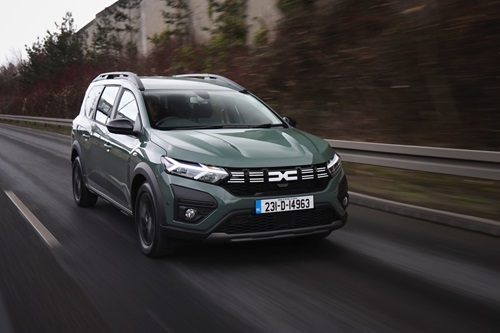
The Dacia Jogger is pretty much the complete family car when you take the above criteria into account. It’s one of the most roomy cars you can buy, in spite of it being based on the small Dacia Sandero hatchback. Dacia equipped the Jogger with a rear extension that converts it from a small hatchback into a genuinely spacious crossover-estate, with a boot that stretches to 700-litres depending on how you configure it. When we say configure, we’re talking about the extra seats that clip into the boot to turn the Jogger into a seven-seat family car, making it one of the most versatile cars you can buy, and that’s before you take into account the standard-fit roof bars that make adding an extra storage box a doddle. Want more? Well, there’s an option of a neat folding box that fits into the boot and, when deployed, turns the Jogger into a camper-van, with a futon-style fold-out bed that comfortably sleeps two, and you can squeeze more into the optional tent which clips onto the tailgate. You can have a Jogger in either 1.0-litre turbo petrol or 1.6-litre hybrid automatic forms, and prices start from a lowly €25,040.
Kia EV9
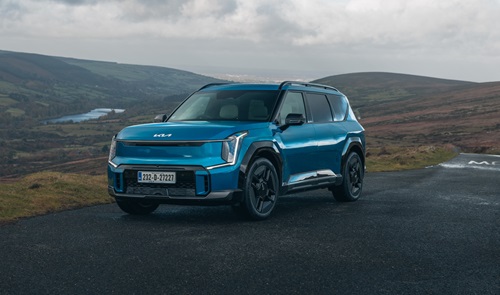
Let’s go straight to the other end of the price scale, to a point where the Dacia Jogger’s price looks like a tiny dot in the distance. The Kia EV9 is not a cheap car, no matter that Kia started out life as a bargain brand. What it is, though, is one of the best electric family cars around. It’s also dramatically stylish, looking as if someone designed a futuristic Range Rover for a Judge Dredd comic, but it’s inside where the EV9 really scores big. It’s roomy and incredibly comfortable up front (the Range Rover comparisons really stand up here) and in the back you have a choice of six or seven-seater layouts. You can even swivel the middle-row seats to face backwards for picnics and the like, making this one of the most versatile six or seven seat family cars you can buy. There’s a choice of rear-wheel drive and four-wheel drive variants, and while it’s tempting to go for the four-wheel drive model for those wet days with muddy back roads, to be honest the rear-drive model is the better pick, as it’s better-priced and stretches its one-charge range to a more reassuring 560km. Oh, and for an electric family car, the EV9 has another trick up its sleeve — thanks to Kia’s high-tech 800-volt charging system (only Porsche and Hyundai use the same setup) you can recharge the EV9 in double-quick time when you’re on a longer journey, meaning far less complaining from the back seats. The €77,500 price tag looks pretty chunky, but when you’re comparing it to what you’d have to pay for a Volvo EX90 or a seven-seat Range Rover — and the Kia honestly can compete with those — then it starts to look like a bargain.
Renault Megane E-Tech
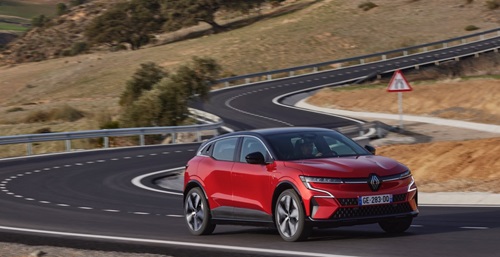
If you don’t need a big seven-seater like the Kia EV9, but you still fancy an electric family car, then the Renault Megane E-Tech is your best bet. The Megane is stylish, but affordable and roomy, but compact enough on the outside that it doesn’t feel like a tank to drive. It’s also affordable, with the basic 40kWh battery version starting at just €31,190 inclusive of grants, while the longer-range 60kWh model starts from €34,495. The one with the smaller battery has a range of 310km, while the 60kWh model stretches that to 450km. Either one is really good to drive, with sharp steering and an entertaining chassis, but from a family point of view you’ll be more keen on the roomy cabin, and the 440-litre boot. The Megane also charges up quickly — critical for any electric family car — adding up to 300km of extra range in just 30-minutes from a high-speed 130kW charging point. Better yet, the ‘slow’ AC charger can run at 22kW, which makes for very rapid top-ups from kerbside charging points (for reference, most other electric family cars only charge at 7.4kW on slower AC power). Once you’re on the move, you’ll love the Megane’s big touchscreen infotainment system, which uses Google technology (including built-in Google Maps) and which makes things much easier to keep everyone in the car suitably entertained.
Skoda Superb Combi
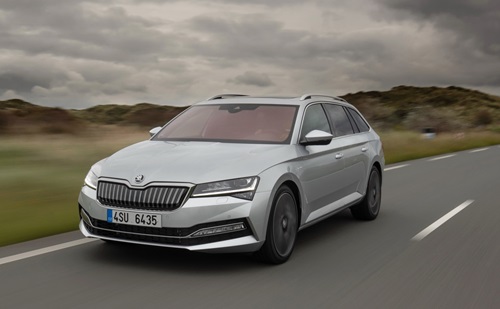
The best family car is always going to be an estate, because the best estates mix cavernous interior space with a low-slung body which saves you heaps on fuel costs when you’re covering lots of miles. The Skoda Superb Combi is one of the very best estates, possibly the best one of them all. For a start, it has loadspace. Lots and lots of loadspace. The boot has 660-litres of space, and that’s measured up to the luggage cover. Fold down the back seats (which is easy to do — you just tug some spring-loaded handles in the boot) and you’ve got 1,920-litres of space to play with. That’s properly family-friendly. Put the back seats back up and everyone will have enough space to get comfy, with enough width to be able to fit three child car safety seats side-by-side (and the outer two seats have ISOFIX anchors). The basic 1.5-litre turbo petrol engine is a cracker, capable of diesel-like fuel economy, and there’s a plug-in hybrid model if you want to be able to do short journeys on electric power. It’s worth remembering that there’s an all-new Superb due later this year, which will have an even bigger boot and a plug-in hybrid setup that can go for up to 100km on electric power, but that’s going to be more expensive than the €47,885 Skoda asks for the current model.
Toyota RAV4 PHEV
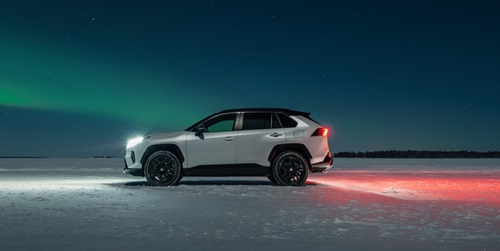
Every family, it seems, wants an SUV and while we will always reckon that an estate car makes a far better all-rounder, if you do want a taller, chunkier machine for your family car, then the Toyota RAV4 PHEV makes the best sense. We’ve gone for the PHEV version, even though it’s the most expensive RAV4 in the range (€54,550) because it has phenomenal all-round performance. Plug it in and charge up the battery, and there’s a realistic 74km all-electric range, which means that with a little care and attention, you can probably do the vast majority of your journeys on electric power, saving you hundreds in fuel costs and saving the planet tonnes of carbon emissions. The catch with plug-in hybrid is that, generally, when you do need to go on a longer journey and use the petrol engine, they tend to become very thirsty (it’s all the extra weight of the battery and charging system). Not the RAV4 PHEV, though. In fact, drive this big Toyota with a completely flat hybrid battery, and it stubbornly refuses to use more than around 5.4-litres per 100km of fuel, which is a figure that’s not only comparable with the regular hybrid model, it’s actually better than you’d get from an equivalent diesel-engined family SUV. Combine that with a rugged, spacious interior and the RAV4 PHEV quickly becomes one of the very best family cars you can buy.
So there you go, the list of what we think are the best family cars around in 2024. Would you add anything to the list?
